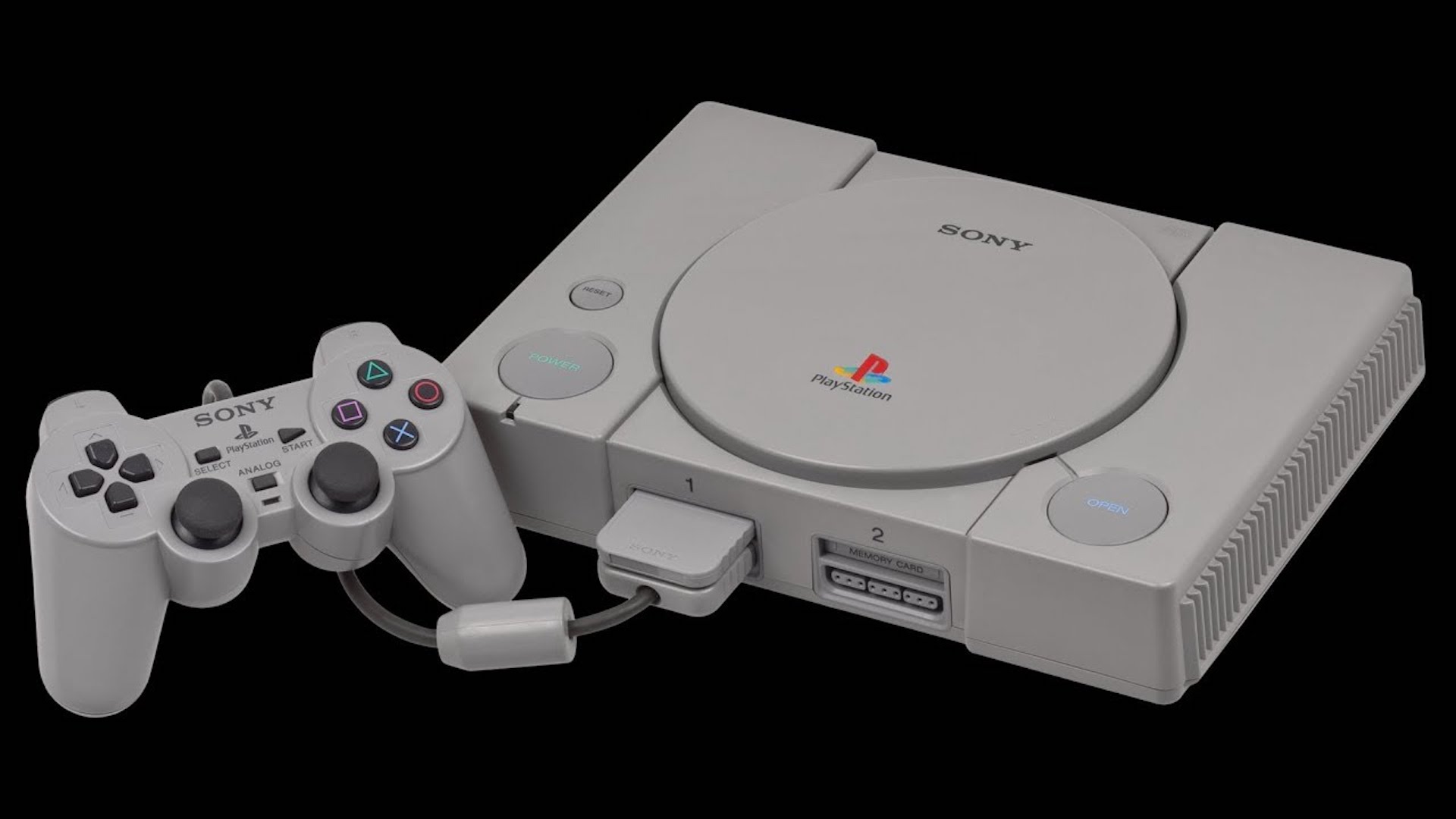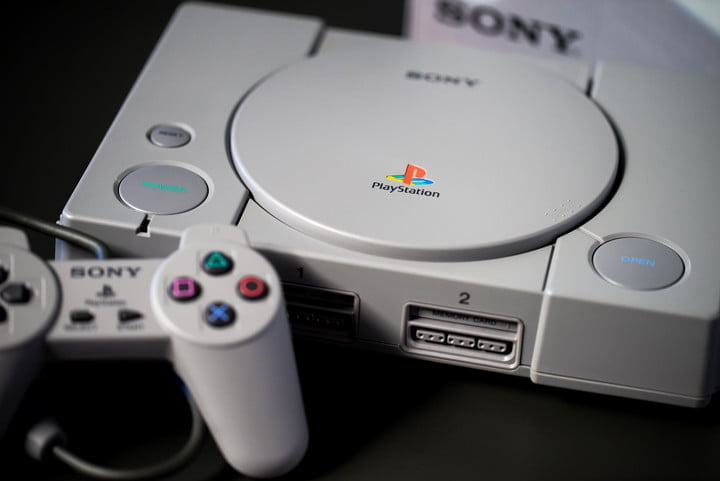
As of December 3, 2019 the mighty PlayStation 1 turned 25 years old. While we have visited this topic before here at GamingBolt, with PlayStation hitting its official silver anniversary, why not take another look at the revolutionary console and its meteoric rise that gave way to the lasting household name that we know so well today?
Without repeating the information we previously went over too much, to quickly sum up how the PlayStation was born, Sony spent a lot of time interested in the gaming market but wasn’t quite prepared to jump in alone. They wanted a partner that they could help with manufacturing hardware, while minimizing their own risk by not having to maintain the relationships with publishers and retailers that Sega, Nintendo and Atari had already spent many years nailing down. Initially, Sony went to Sega, and even though there was a push within Sega of America to work with Sony, ultimately, that fell through. Sony then knocked on Nintendo’s door only to get a series of verbal agreements that ultimately would be betrayed in the most unceremonious of ways when Nintendo announced publicly that they would be working with Phillips.
Despite the fact that production of Nintendo PlayStation prototypes had already begun, many of which have been unearthed today, Sony found themselves on their own and back to square one for the last time. If they were going to be a part of the console gaming world, they had no choice but to charge in on their own, on their own terms. A much bigger risk? Yes. Much less certainty? Without a doubt. But despite the odds, Sony pushed ahead and forged their own path that would lead them to make a revolutionary system that would house a litany of fantastic titles many of which you could only get on their console, which is a philosophy they still have today with many fantastic 1st party exclusives that remain one of PlayStation’s most compelling reasons to exist.
Of the many revolutionary elements of the Sony PlayStation, most notably is the console’s complete and total devotion to three-dimensional games that predominantly use polygons for their geometry instead of the flat pixels that gamers and developers were more used to at the time. While Sega and Nintendo had only toyed around with the idea of true three-dimensional space, the former with the Sega CD and the latter with mode 7 enabled games on the Super Nintendo, Sony would be all-in with the concept, and thusly would tie their success to the success of that style of gaming. This was undeniably a huge gamble for the time, yet it was one that would pay off inexorably for decades to come.
Once the console specs and launch line-up were finalized, The PlayStation would get its first major break and one reason why it would go on to dominate the market; the launch. While the PlayStation, Sega Saturn, Atari Jaguar, Nintendo 64 and Panasonic’s 3DO all launched within a reasonable amount of time of each other, the $299 price tag of the PlayStation was one of the most appealing of the lot. Other than the 64, every other console was more expensive, and while they would technically justify that with more power on paper, their games rarely reflected that due to the various different types of processors being more difficult to develop for than the polygon-dedicated PlayStation. Most of the PlayStation’s competition would drop off within the next few years, and the generation largely came down to Nintendo’s and Sony’s offerings. Although in the end, the PlayStation would prevail in terms of sales as it was the first home console to sell 100 million units.
The PlayStation would also break new ground with its controller. While the original PlayStation gamepad wasn’t really anything to write home about, it was a nice evolution of what had been established by the Super Nintendo with even more shoulder buttons and a more three-dimensional design that you could wrap your hands around and made a little more sense for adults than the flat pads of the previous generation. Of course, as the analog sticks came into play with the DualShock, everything would change.
Having one stick per thumb on top of the shoulder and face buttons would prove to be a format that every console from that point on would either successfully imitate or suffer for not doing so. Many games like Ape Escape, Wipeout 3, MediEvil and Spyro would implement the DualShock’s joystick duo which would give the player an amount of control that was unmatched at the time, and would help solidify and standardize the layout for the next 25 years. Even today, with the DualShock 4, the Switch Pro controller, and the Xbox One pads, the design has only been tinkered with around the edges and never really fundamentally deviated from in any major way, and that says a lot.
Tech and price tags aside, the things that really mattered the most and gave the PS1 the lifespan and success it got were the games. The line-up for the PlayStation was many things, and certainly included it’s fair share of clunkers, but one thing it was not was single-minded. Everything from racing games, RPGs, shooters, adventure games, horror games were all represented in many different forms. With many classics that rose to the top like Resident Evil, Gran Turismo, Metal Gear Solid, Crash Bandicoot, and others, to say that the PlayStation had something for everybody was the understatement of the decade. If you were a racing fan, you had Ridge Racer, Need for Speed, WipEout, Road Rash, Jet Moto, and even Crash Team Racing to choose from.
Every genre was thoroughly represented with not only multiple titles, but many different flavors of that genre. If you liked action adventure games, you had everything from the whimsical dark fantasy of MediEvil to the gritty realism (so to speak) and tactical espionage of Metal Gear Solid. If platformers were more your thing, the Sony PlayStation had you covered with mascot games like Crash and Spyro, as well as more off-beat experiences in games like Skullmonkeys, or 2.5D classics like Klonoa and Tomba. With all the major genres being covered so well, and even many games that lived somewhere between genres, it really is no surprise that the Sony PlayStation went on to sell so well and stick in our minds for so many years to come.
Nintendo and Sega may be kicking themselves today for each playing their part in creating what would arguably be their biggest rival out of Sony. The possibilities of how the 32 and 64-bit generations could have turned out are nearly limitless if either company had decided to work with Sony as per their original intent, instead of showing them the door and creating such a formidable foe. We as gamers should be thanking them though, as the PlayStation paved the way for so many wonderful games to get made and come to our living rooms within an ecosystem that continues to persist and amaze to this day. The last 25 years of Sony’s consoles have been incredible, and since PlayStation show no signs of slowing down, here’s to 25 more.

















